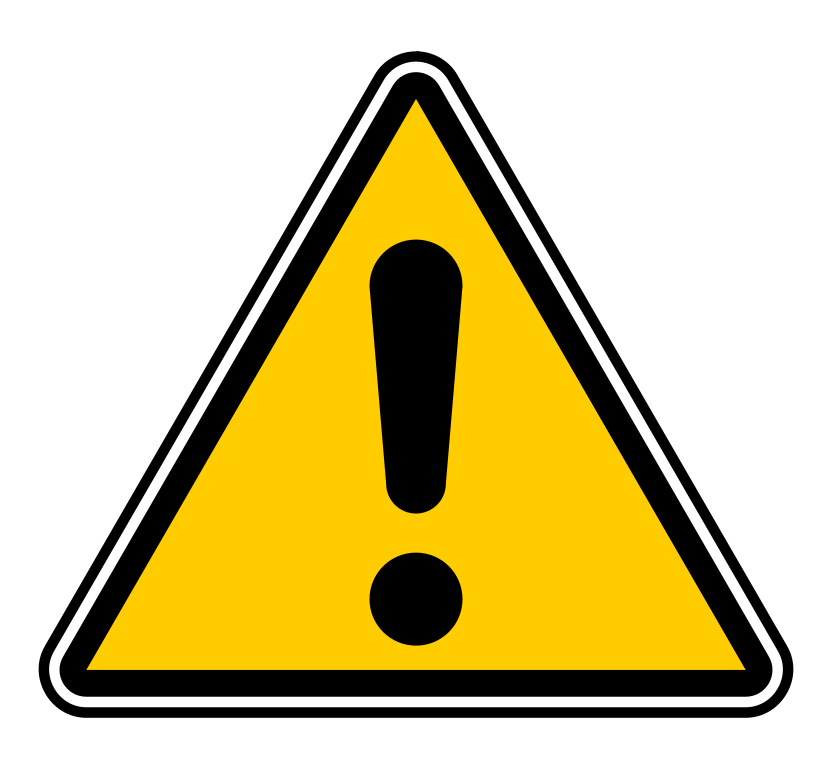CPT® Evaluation and Management (E/M) Code and Guideline Changes This document includes the following CPT E/M changes, effective January 1, 2023:
• E/M Introductory Guidelines related to Hospital Inpatient and Observation Care Services codes 99221-99223, 99231-99239, Consultations codes 99242- 99245, 99252-99255, Emergency Department Services codes 99281-99285, Nursing Facility Services codes 99304-99310, 99315, 99316, Home or Residence Services codes 99341, 99342, 99344, 99345, 99347-99350
• Deletion of Hospital Observation Services E/M codes 99217-99220
• Revision of Hospital Inpatient and Observation Care Services E/M codes 99221-99223, 99231-99239 and guidelines
• Deletion of Consultations E/M codes 99241 and 99251
• Revision of Consultations E/M codes 99242-99245, 99252-99255 and guidelines
• Revision of Emergency Department Services E/M codes 99281-99285 and guidelines
• Deletion of Nursing Facility Services E/M code 99318
• Revision of Nursing Facility Services E/M codes 99304-99310, 99315, 99316 and guidelines
• Deletion of Domiciliary, Rest Home (eg, Boarding Home), or Custodial Care Services E/M codes 99324-99238, 99334-99337, 99339, 99340
• Deletion of Home or Residence Services E/M code 99343
• Revision of Home or Residence Services E/M codes 99341, 99342, 99344, 99345, 99347-99350 and guidelines
• Deletion of Prolonged Services E/M codes 99354-99357
• Revision of guidelines for Prolonged Services E/M codes 99358, 99359, 99415, 99416
• Revision of Prolonged Services E/M code 99417 and guidelines • Establishment of Prolonged Services E/M code 993X0 and guidelines
READ MORE HERE:



 icd10monitor.com
icd10monitor.com


 icd10monitor.com
icd10monitor.com










 www.aapc.com
www.aapc.com
